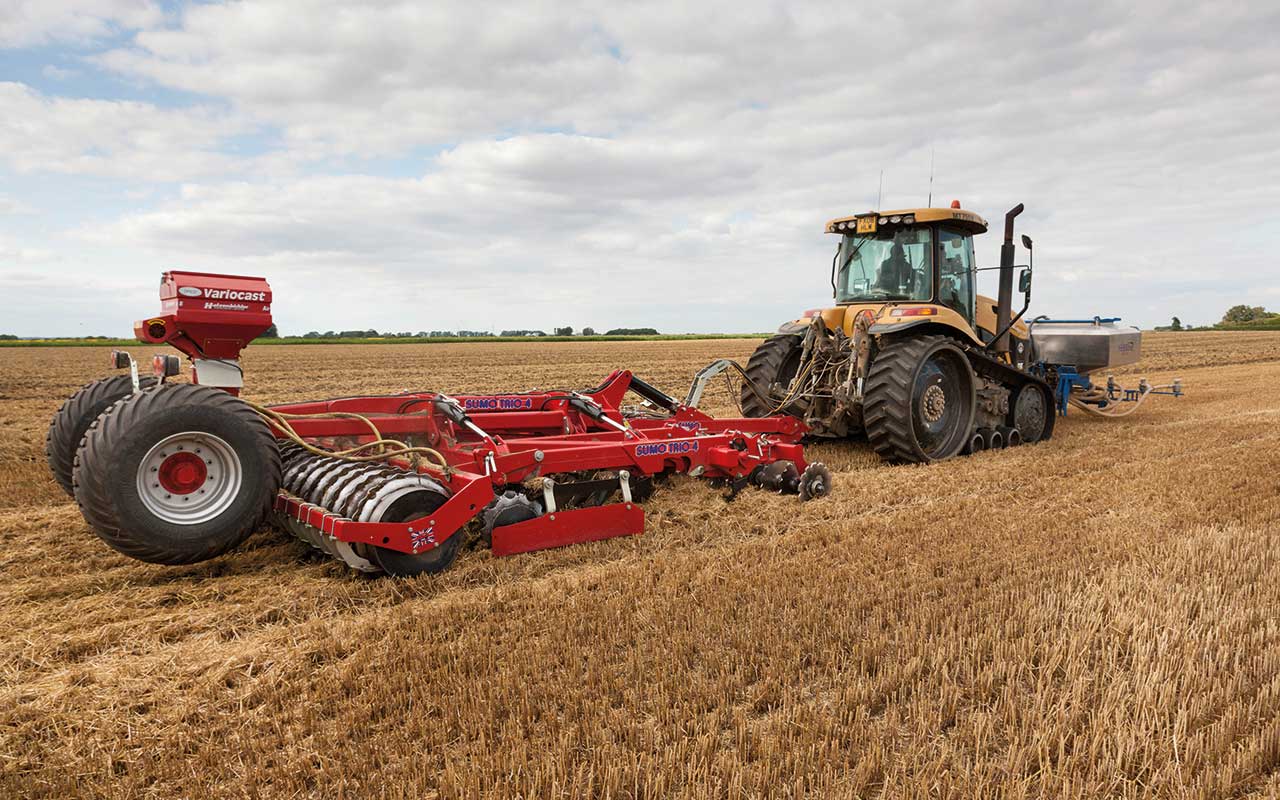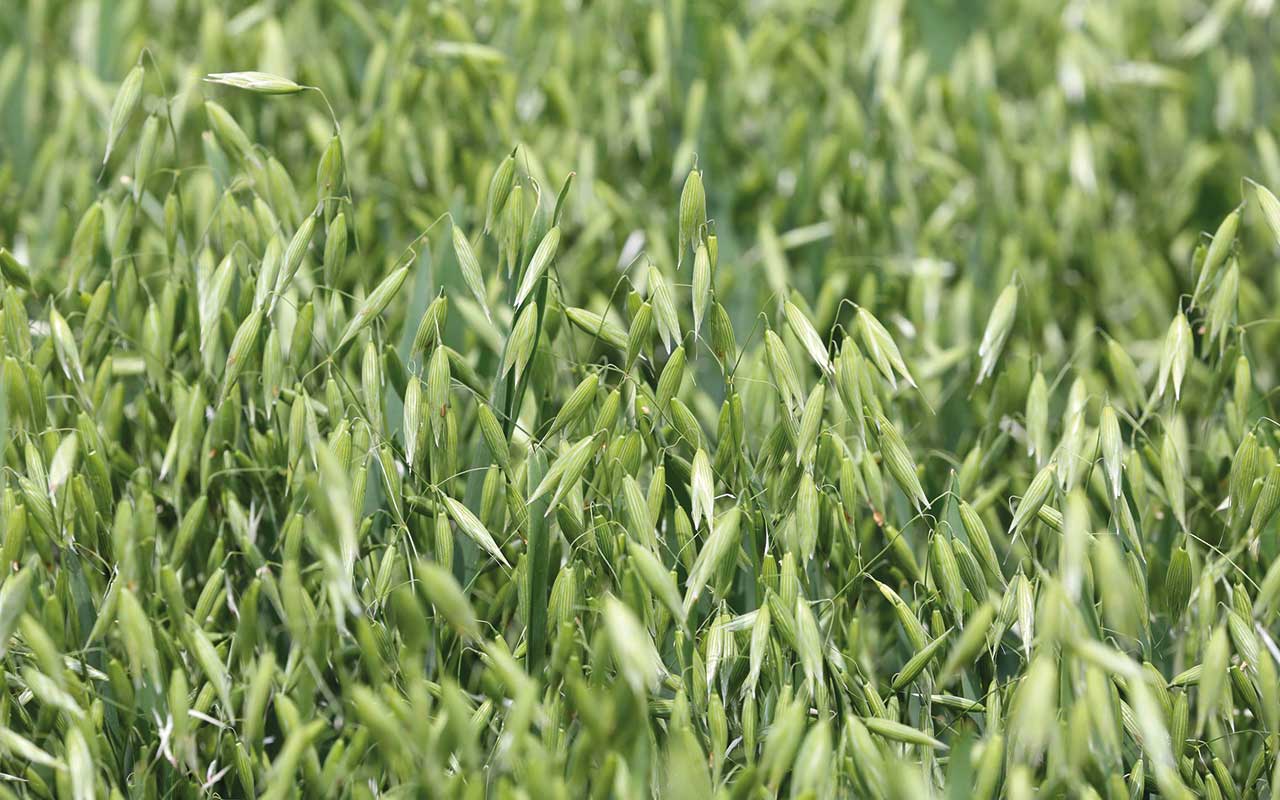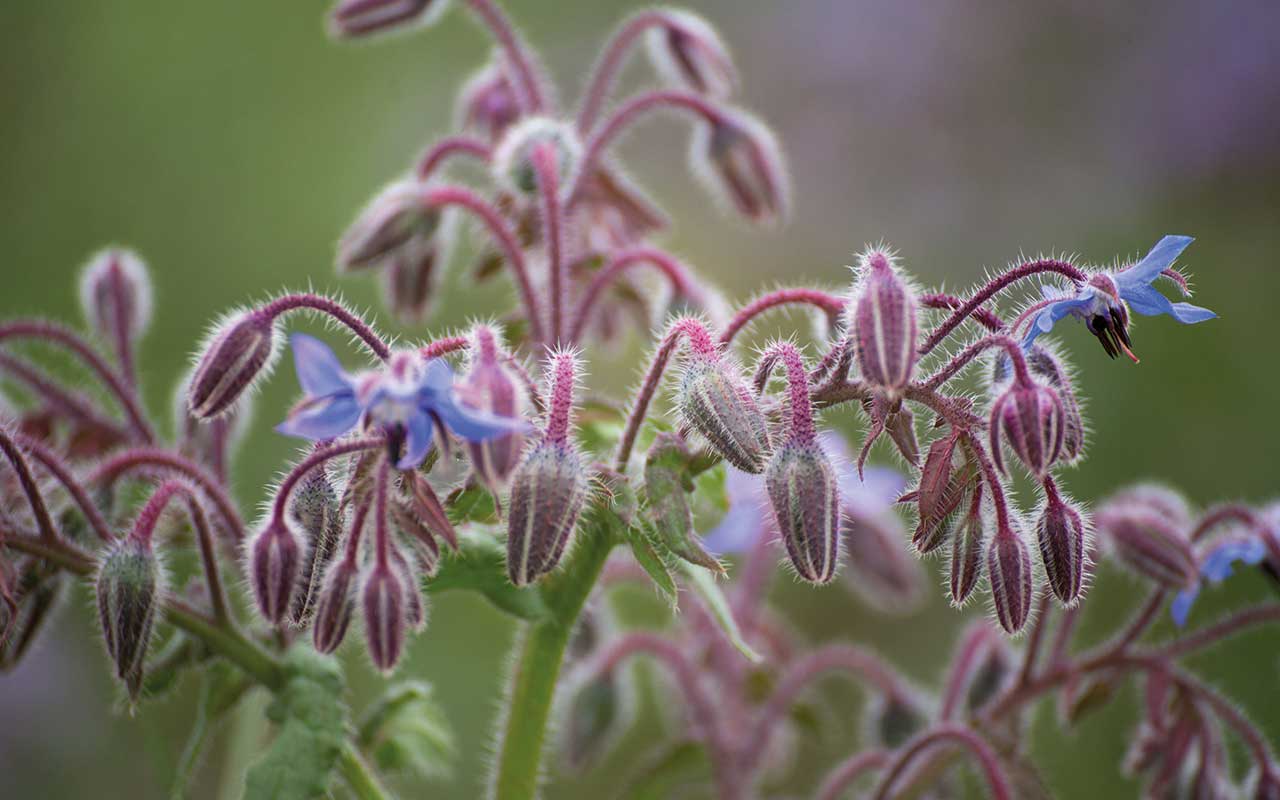Certain actions within the Sustainable Farming Incentive (SFI) offered such a high level of payment that it significantly affected the spring crop and minor crop markets. That is according to Nigel Padbury, seeds and marketing manager at Premium Crops.
He highlights the three-year CNUM3 legume fallow, which paid £593/ha.
“The theory behind the SFI actions was good, but some of the payments were so high. It took the emphasis away from crop production. Growers, quite rightly, would see the headline figure, with the massive reduction in inputs, and would take those opportunities rather than the risk and costs that comes with broadacre crops.”
However, the decision to withdraw the SFI has left many farmers looking for other solutions this year and has knocked the confidence of others who may have considered putting whole fields into environmental schemes in the future.
For Nigel, the solution is a standard rotation, with poor-performing areas or headlands put into environmental schemes – not as a primary source of income, but as a supplement.
“We don’t farm in a vacuum, so there needs to be joined-up thinking when it comes to this,” he says.
“When the SFI was announced, we saw a large proportion of growers move across to fallow leys, which makes it difficult to gauge demand. When we can’t do that, we see fluctuations in the availability of seed, which extends the effect of this across multiple seasons.
“The same is true when decisions are made about actives. The loss of neonicotinoids led to some growers increasing insecticide use to keep oilseed rape in the rotation, which has the potential to be far more damaging to beneficials and bee populations than the seed treatment ever was.
These decisions have a domino effect that can be detrimental to the industry.”
Minor potential
If we take oilseed rape as a starting point, it has continued to be a difficult break crop. It has proven to be costly in years with high pressure from cabbage stem flea beetle, with whole crops written off due to damage.
Nigel says winter linseed can be a viable replacement, retaining many of the benefits of growing an oilseed break crop but with fewer risks.
“Anecdotally, we’re seeing about one-quarter of the slug damage in following crops compared to rape as they migrate out of the field, and just half of the nitrogen requirement,” he explains. “This is while also providing good weed control and favourable conditions for the next wheat crop.”
Perhaps most importantly, cabbage stem flea beetle does not affect linseed, as it is not a brassica, and flax beetle is only active in the spring.
Across all of Premium Crops’ commercial area over the past 10 years, the average crop losses for winter linseed stand at just 2% compared to losses for cabbage stem flea beetle of 8-9% in oilseed rape.
The figures are favourable as well, with linseed contracts offering £600/t, with an average yield of around 2.2t/ha when using Premium Crops’ Attila variety.
“This doesn’t have to be a straight swap,” Nigel adds. “You can extend the rotation and retain oilseed rape if it’s an important part of your business. Linseed has benefits throughout the rotation, as it can break bridging of clubroot and other fungal diseases and viruses.”
Because it is not a brassica it can also provide greater flexibility with cover crop choices, as there are fewer risks for green bridging between the cover and cash crop.
Harvesting difficulties
Growers who have trialled linseed in the past have noted some difficulties with harvesting the crop. Its fibrous stalk can wrap around the threshing components, which can cause downtime during the busy season. However, Nigel says this has been mitigated as new varieties come to market.
“The key advice is to have newly sharpened knives and to make sure it’s a dry day, which is easier as Attila is ready to harvest in July,” he explains.
“When conditions are right you can cover a good hectarage in a day, so our growers will hold off even if there is only a little dew to ensure the best conditions.”
He adds that new varieties are coming through with shorter fibres within the stalk, which will further mitigate issues around harvest, accounting for the unpredictability of the weather. However, in the future, there could also be a resurgence in markets for the fibres and a wider range of varieties will likely be available.

Getting a premium for established options
Those who want to retain oilseed rape in the rotation can also look for premiums with the crop, with high-oleic, low-linolenic (HOLL) and high-erucic acid rape (Hear) varieties available.
HOLL varieties are used for human consumption, with greater levels of oleic acid and reduced levels of polyunsaturated fatty acids, enabling food processors to reduce the concentration of ‘bad fats’ in their oil products.
Hear oilseed rape is used in industrial processes, and is said to be the most profitable form of oilseed available to growers in the UK.
Notably, while both offer significant premiums over standard oilseed rapes, there is no difference in the procurement cost or inputs required. Theoretically, in a long rotation they could be alternated with minor break crops to maximise farm income.
A break in spring
The choice of spring break crops can also offer significant benefits, moving growers away from a reliance on oilseed rape or pulses. There are varieties of spring linseed available offering several of the benefits seen in the autumn-sown crop.
“There are many opportunities in spring crops, but this needs to be balanced against weed pressure and the shorter growing season,” says Nigel.
He points to canary seed as a viable option. Currently a net import from Canada, canary seed is a vigorous cereal that can smother blackgrass, leaving a clean field ahead of the following autumn-sown crop. It is sown from mid-March to late April and can be combined directly, meaning no additional contractor costs or capital investment.
“We see canary seed as offering our growers excellent returns because it has similar phosphate and potassium requirements to other spring cereals, but just a 30-50kg nitrogen requirement, leading to significantly reduced input costs,” he adds. It can also be an excellent step into first wheats, providing a take-all break.
Another opportunity for the bird seed market is millet, a drought-tolerant C4 grass that can be used as a catch crop thanks to its mid-May sowing time.
It is desiccated at the end of August, meaning it is out of the ground in time for wheat. It has similar nutrition needs than other spring-sown cereals, with a low nitrogen requirement that can reportedly be almost fulfilled with an organic manure application ahead of sowing.

Premium oats
Much like the premium varieties of oilseed rape, Premium Crops offers spring naked oats for growers looking to bolster income from oat crops. Much of the agronomy is the same as growing standard oats, with some susceptibility to fusarium and requirements for manganese if any deficiency is seen.
More importantly, while yields can be reduced for naked oats when compared to standard varieties, there is a premium to be found, which means it can financially outperform spring oats.

Short-term catch crops
Nigel highlights borage as an interesting option for growers looking for a short-season catch crop. Crops can be sown as late as early May, with nitrogen requirements of up to 80kg/ha applied before drilling or in an early post-emergence application.
There are some complications to keep in mind. Borage needs pollinators, and while the crop will attract wild species, there is a contractual requirement for at least two beehives per hectare to ensure pollination.
Studies have reportedly shown that the presence of pollinators can increase yields by more than 25%.
It cannot be desiccated, instead requiring the use of a swather, which could be an investment for the farm depending on the area grown, or require using a contractor. Harvesting usually takes place just 100 days after sowing.
While there are added costs to growing borage compared to other break crop options, this is balanced out by the significant income potential.
Borage has a contract price of about £4,000/t and an average yield of 450kg/ha, although this can be as high as 600kg. This means every 2ha of crop could be worth about £3,600, rising to a maximum of about £4,800.
Understanding the market
Nigel says while these minor crops come with multiple opportunities over major crops, growers must protect themselves by understanding the markets. “We offer a minimum contract price, with the flexibility to fix that price should the grower want to do that,” he says.
More than that, the company offers all crops on area contracts rather than fixed yield requirements, protecting the grower against penalties should unforeseen circumstances lead to losses.
“These crops offer greater diversity within rotations, enabling growers to extend cropping plans, put in breaks to protect against pests and diseases and also adjust nutrient and chemical plans to limit resistance issues,” he adds.
And bringing it back around to the competition from Sustainable Farming Incentive actions, he concludes: “These minor crops can financially outperform even the legume fallow actions by £100/ha or more with just an average yield, and gives growers access to premium markets that the UK has been a net importer of.”


